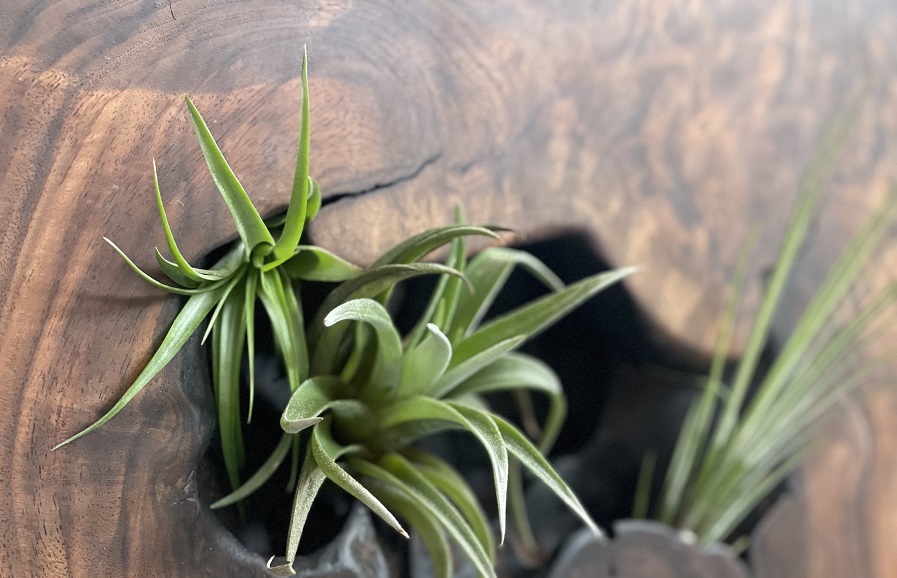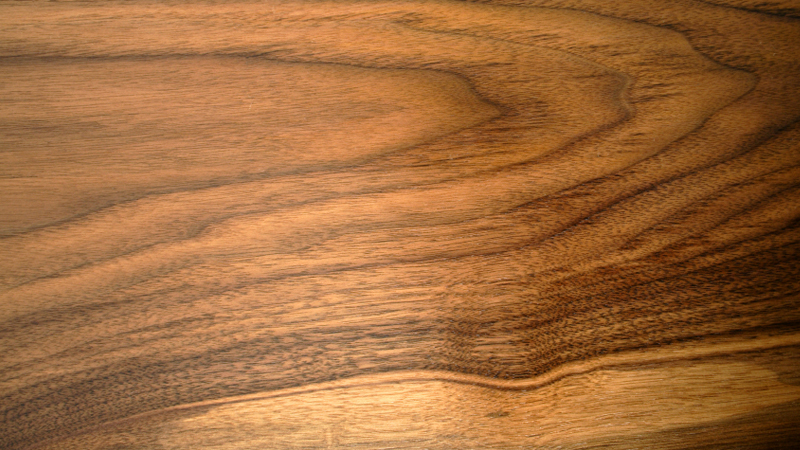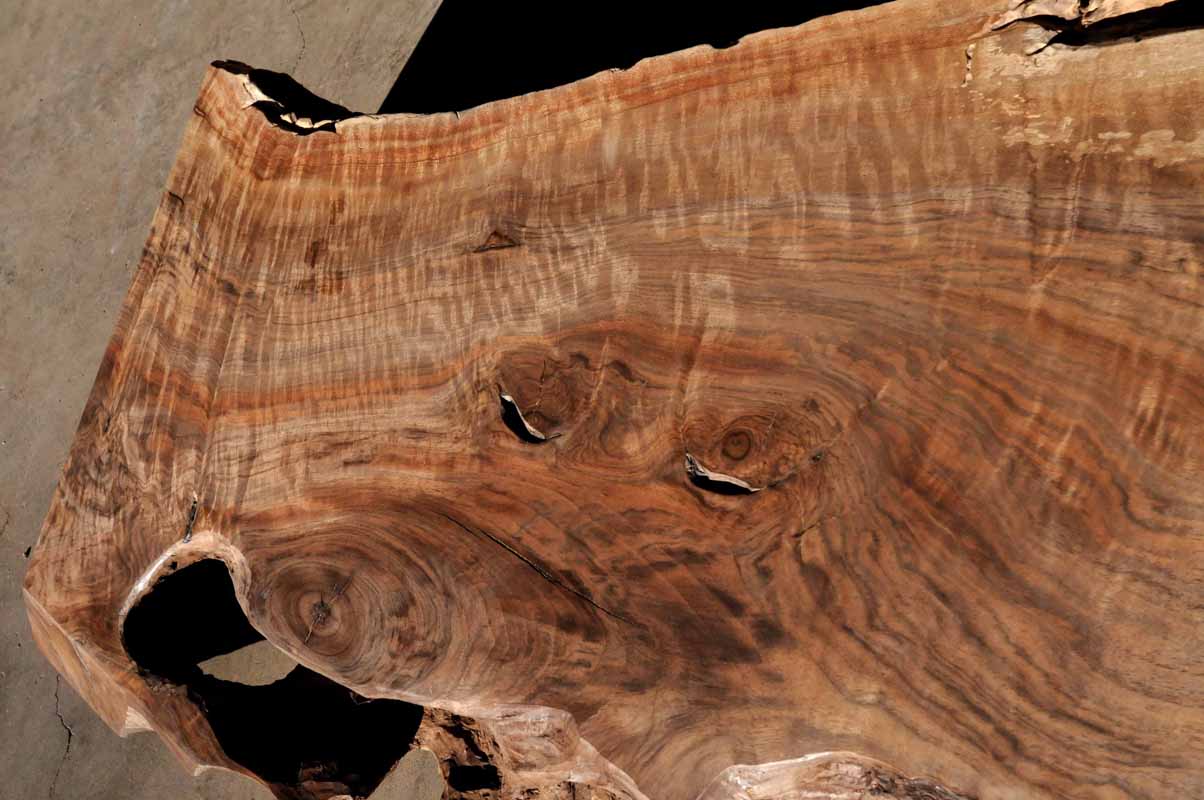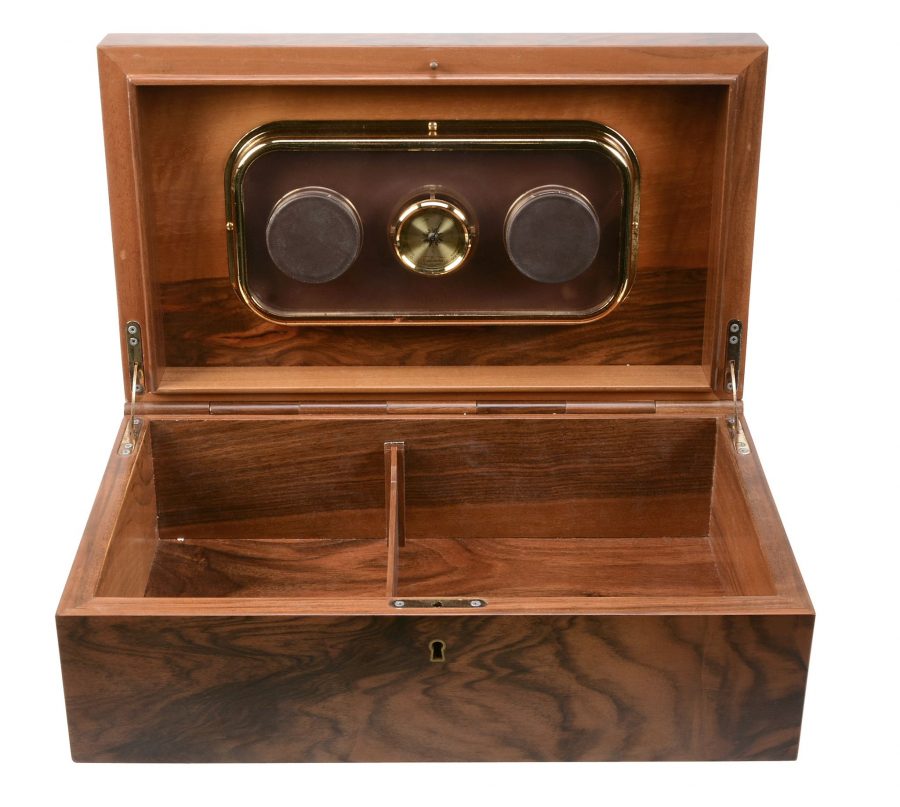Walnut wood has a distinctive color and texture, and its use for luxury objects has given it a special reputation comparable to that of exotic species. This reputation is not without reason, as it has replaced mahogany and rosewood since the 18th century in furniture for the crowned heads and nobles of the time. Famous names such as Chippendale or Sheraton brought it to attention and made real works of art out of walnut wood. Walnut has retained its status to this day, and anything made from walnut is considered special. It is appreciated by craftsmen and artists alike, which is why, with the help of the article below, we are giving it the attention it deserves.

Walnut, the witches' tree
The native walnut is part of the Juglandaceae, like the American or tropical (Mexican) walnut. The scientific name is Juglans regiaand in the literature you can find it under various names such as European walnut or English walnut. For those who want to search for information in sources in other countries, in English it is English, European or Common walnut (wood), in French (bois de) noyer, in Italian (legno di) noce, nussbaum (holz) in German, (madera de) nuez or nogal in Spanish. I've parenthetically indicated wood each time because if you just search for noce or nussbaum you may get information about the tree. And that's because the European walnut is known all over the world for its fruit, the nut, a very common ingredient in the kitchen, but also in the cosmetics and pharmaceutical industries.
All sorts of legends and myths have grown up around the nunucum. Even the scientific family name - Juglandaceae - comes from the Latin term Jovis Glans, meaning Jupiter's acorn, symbol of sacredness and connection with the divine. In popular belief in many countries it is said that witches gather in the shade of the walnut tree to cast the dreaded spells, and the walnut is called the witches' fruit. In our country, it is said that it is not good to plant walnut trees because when the stalk is as long as a man's neck, he will die. To prevent this from happening, a large circle must be drawn around the walnut tree, which in time will encompass the size of the crown. Thus, the evil will remain inside the circle and the man is protected. There is also a scientific explanation of all the evils connected with the walnut tree. It contains in its roots and leaves a toxic substance called juglone which prevent other plants from growing. This is why other plants cannot live under the walnut tree.
A vigorous tree with a rich crown
The European walnut grows in temperate and Mediterranean areas, both wild and cultivated. It originates in a wide area stretching from the Balkans to the Himalayas and China. In Roman times it was brought to western and northern Europe, and in the 17th century it reached America. It grows naturally in Romania, especially in Oltenia and Banat, but is cultivated throughout the country.
The tree can reach up to 25-30 m in height, with a trunk diameter of up to 2 m. The trunk is short and the crown round and rich. The bark is silvery-grey and smooth when the tree is young, turning brownish-brown with large cracks as it ages. The leaves are drooping, elongate, 8 to 15 cm long and are clustered 5-11, alternately on a petiole attached to the branch.
The flowers are male and female (unisexual-monoecious), the male in the form of 8-10 cm (3-10 in.) pendulous, greenish-greenish-blackish catkins and the female purple or greenish, without a tail. It flowers in April-May. The fruit is a spherical drupe 4-5 cm in diameter, with a fleshy green skin. At maturity the shell cracks and releases the nut. Inside is the seed, the one we like so much in cakes.
Walnut wood - characteristics and properties
The walnut tree is a protected tree in our country and cannot be cut down without permission, even if it is planted by the owner in his own yard.
Walnut is prized for its great color, interesting pattern and large pores. In cross-section through the trunk, the difference between sapwood and heartwood is very visible, with the sapwood being grayish-white and the heartwood light brown to chocolate brown with darker streaks. Unlike American walnutThe European is lighter in color, with gray, purple or reddish iridescence, and sometimes the fiber can be wavy. The annual rings are well defined.
Texture is medium to fine with moderate gloss and mostly straight grain. In early wood the pores are large, half-round, visible and evenly spread over 2-3 rows, in late wood they are fewer and of medium size. The pores are often filled with tiles and salts. The medullary rays are barely visible to the naked eye.
Walnut wood has a density of 640 kg/m³ and Janka hardness 5400. Characterized by the heartwood, the cre part is used from walnut, the sapwood is very weak and easily attacked by fungi and insects. Although it is resistant to moisture due to the pore tiles, it is considered moderately durable as it is not very resistant to insect attack.
Natural drying is slow, and rushing the process can lead to stress and cracking. On drying it has a slight tendency to discolor. Forced drying should be done after clear, well-established cycles. If the fiber is straight, it is easily processed, both manually and mechanically. When the fiber is crimped or twisted processing is more difficult and may even damage the tools. It can be steam molded, turned and carved without problems. There are also no unpleasant situations when gluing or finishing. It can be colored, but there are few who do because the natural color is very pleasant. Because of the tannin content it can color (stain) in direct contact with iron.

photo source: vastern.co.uk
Uses of walnut wood
Walnut wood was highly prized in the past, replacing mahogany and other harder-to-source exotic species in the manufacture of luxury furniture. In the 18th century, much fine furniture was made from walnut. Massive felling, which made it harder to find and more expensive, and the emergence of American walnut on the European market, led to a decline in its widespread use.
However, solid walnut remained the craftsmen's favorite, with veneer being used mainly in mass production. If the wood had wavy grain, the design of the veneer could be distinctive. Exceptional veneers are made from walnut roots, which are highly prized by manufacturers of luxury goods (cars, yachts) or musical instruments.
Walnut wood is used to make classic or modern furniture, table tops of great effect, but especially objects considered special or luxury: pipes, jewelry boxes, corks for special bottles, special boxes for cigars called humidor, gun beds and many others.
Because of its special color, it has become fashionable to use walnut for furniture or objects made from other species. However, the color of walnut cannot reproduce the natural beauty of walnut wood. It is impossible to achieve the same effect because the grain and design are totally different.
Although it is not a rare species, walnut wood is highly valued for its distinctive color, interesting design and its ability to impart elegance to furniture and objects. Even more popular are the wood and veneers made from walnut root because of their unique design with wavy grain, knots and mirrors.

photo source: talaricohardwoods.com



photo source: dreweatts.com
I hope you find the above information useful. As always, additions are welcome. And if you have any questions or queries, please leave them below in the space provided. I will be sure to reply.




































You have mistranslated the term humidor with humidifier.
Thank you. Corrected.
[...] Normally, for such applications, shellac is used as a finishing option, but I used dark pigmented restorative oil. It was an inspired choice, the oil brought out the beautiful walnut grain. [...]
[...] made of three types of wood - walnut, beech and spruce - is the central element of the room, always being in the "centre" [...]